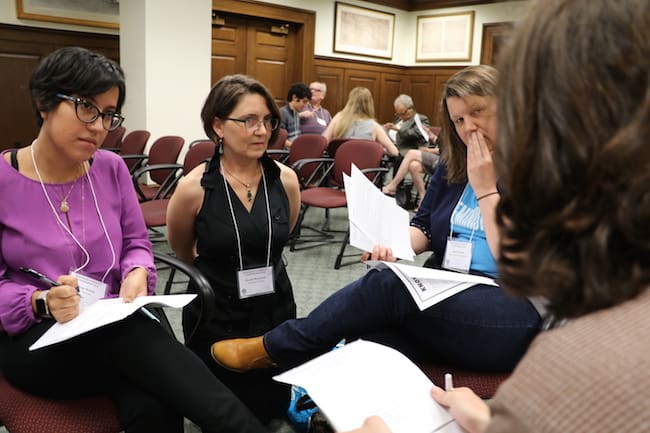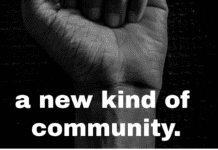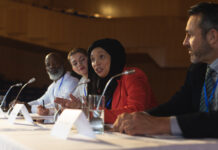
Many organizers of scientific and technical meetings struggle to create a roster of diverse speakers that reflect cultural, gender and racial diversity. More often than not, the vast majority of speakers at these events are white males from top universities, research institutes and corporations — a fact that gets plenty of blowback on the Internet from attendees and members of these professions.
Dr. Jonathan A. Eisen, PhD, a professor of phylogenomics at the University of California, Davis, writes frequently on his blog, Tree of Life, about the need for diversity in STEM meetings and education. When a meeting planner reached out to him to ask how that could be rectified, he offered a number of practical suggestions in a post on his blog. These include:
- Do not invite only the famous people or those doing the top work as speakers for your convention. Doing so creates a bias toward more established researchers, and that narrows the field considerably in terms of diversity.
- Inviting people from all career stages will greatly increase gender and ethnic diversity. Do try to invite people across the breadth of career stages.This will generally greatly increase the gender and ethnic diversity.
- Send invitations to people from a wide range of institutions, including research universities, research institutes, companies, non-profits and non-research universities, for example.
- Try to be flexible with times and dates. Women more than men have other commitments (e.g. kids) for which they cannot change dates of activities.
- Provide child-care assistance.
- Make sure women are on the organizing committee.
- Providing travel funds will attract a greater range of possible speakers.
- Include some non-technical presentations or ones that are in related areas of the main topic of the conference. For example, the history of science and other such topics can increase the pool of potential speakers with diverse backgrounds.
- Ask women speakers who turn down invitations, why they did not accept. This may provide useful feedback.
- Commit to spending a reasonable amount of time searching for qualified female speakers. Sometimes, there are women who fit all the goals of a meeting, but they are just missed because women on average have lower public profiles than men doing the same type of work.










